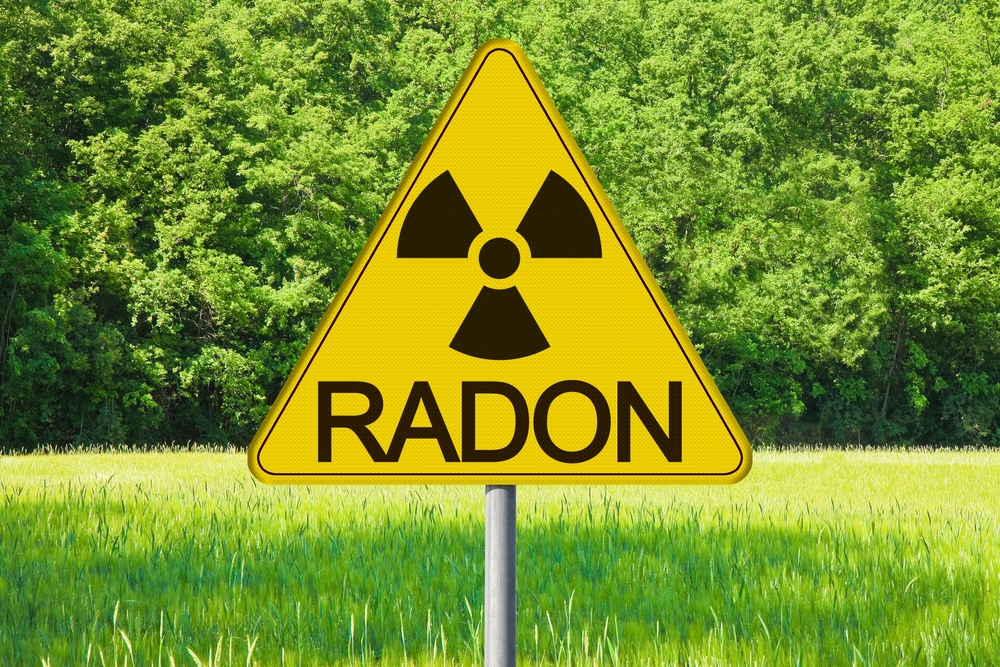
The theme for this year’s ERA Workshop was “Revisiting Radon Risk Communication”. The workshop featured four expert speakers who shared their experiences and strategies for addressing public awareness and safety regarding radon exposure. The workshop provided delegates with best practices, challenges, and communication techniques that help bridge the gap between radon science and public understanding. The presentations were:
The ERA Workshop commenced with Catarina Antunes’s presentation on “The RadAR project – an example on how a citizen science project can increase radon monitoring and promote remediation”. The focus of the presentation was on Portugal, looking at how old, untrue myths about the dangers of radon have been debunked and how a new communications strategy is being implemented to raise awareness of the dangers of radon. Communications has led to the knowledge about the dangers of radon increasing. Catarina then went on to detail the goals, objectives and achievements of the nine month student citizen project, RadAR – an inter school competition focusing on radon. The overall aim of the citizen project was to raise awareness of the dangers of radon and encourage radon measurement.
Next up was Sofie Apers with “Radon Busters across Europe: Theory-based, evidence-based, and strategic radon risk communication”. Sofie’s presentation kicked off with details of a systematic review of radon communications in various European countries. This research found that people required personal advice and information on radon, rather than communications which were general and technical. This conclusion of the research found that communication needed to be more focussed, with more engagement in radon priority areas along with the provision of timely information. These results led to the creation of the Radon Buster campaign in four European countries. Sofie discusses the various elements of the campaign and how it was deployed and the results achieved.
Then it was Laura Mezquita’s turn discussing “Radon and Health: How Physicians approach communication?”. Laura focussed on lessons learnt working with lung cancer patients and the potential for radon to be a contributable factor (20% of patients are non-smokers). The presentation covered the current situation in the medical environment, approaches used for patients and families, next steps and future perspectives and finally Laura provided some take home messages. Laura goes on to share her patient experiences and her research into radon as a cause of lung cancer. Her studies demonstrate a lack of awareness of the dangers of radon and its inherent cancer risk.
The final presentation was delivered by Valeria Gruber and offered insight into “Treatment or Threat? – Challenges and Strategies in Radon Communication in Austria”. To start, Valeria explained the role of the National Radon Competence Center in Austria – its goals, objectives and the legal restraints it works under. Valeria then went on to explain the role of radon spas in Austria, where visitors can soak up low doses of natural radiation for health benefits. This begs the question as to how radon can be used as a treatment and not be a threat (i.e. good radon vs bad radon), which resulted in the undertaking of an extensive research project into consumer perceptions – “RadoNorm – Risk Perception of Radon Spas”. Valeria goes on to discuss the results of the research and its implications in terms of radon awareness.
Per Nilsson, President of the ERA, said: “The quality of presentations at the conference was outstanding. All presentations were informative and offered great insights for our delegates. The anecdotal evidence shared will undoubtedly raise awareness of the importance of monitoring and measuring radon levels.”
All of the PowerPoint presentations are available here, the sessions were recorded and can be viewed here.